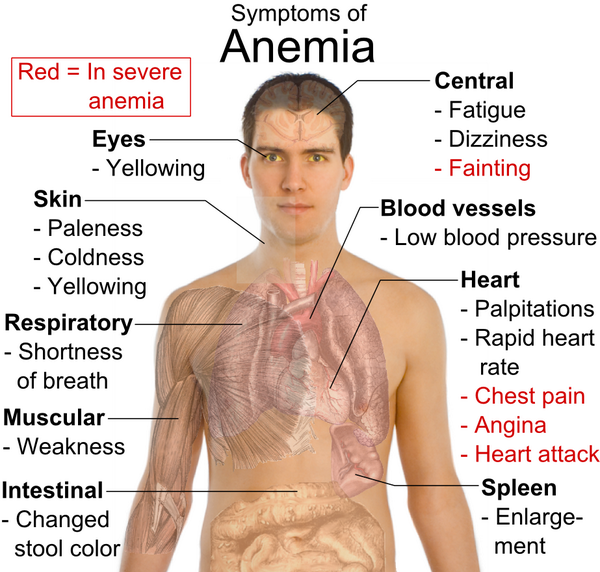Why is India rethinking its anaemia policy?
Context:
The National Family Health Survey (NFHS-6) due to start on July 6 will no longer ask questions about anaemia. After health professionals questioned the accuracy of the technique being used to estimate haemoglobin levels, an omission was made.
What causes anaemia?
- A lower-than-usual level of red blood cells or a drop in the quantity of haemoglobin inside the red blood cells are symptoms of anaemia.
- Red blood cells include a protein called haemoglobin, which is in charge of transporting oxygen from the lungs to the body’s tissues.
- Low haemoglobin levels or insufficient red blood cells impair the blood’s ability to carry oxygen, which can cause symptoms including weariness, weakness, dizziness, and shortness of breath.
- The most frequent nutritional cause of anaemia is iron deficiency. Haemoglobin production depends on iron, and a lack of iron in the diet can cause haemoglobin levels to drop and anaemia to develop.
- Anaemia can also be caused by other things, like vitamin B12 and folate deficiencies and other chronic illnesses.
- Anaemia prevalence assessment is essential for planning and implementing public health interventions.
- The Diet and Biomarkers Survey in India (DABS-I) was implemented in India by the Health Ministry to determine the prevalence of anaemia.
- The DABS-I survey was recently introduced to map the population’s food, nutrition, and health status in both urban and rural areas.
- The survey seeks to deliver precise predictions of the prevalence of anaemia in India.
- To successfully address anaemia and enhance population health generally, tailored treatments and programmes will be easier to implement with accurate data on anaemia prevalence.
What prompted the change?
- The adoption of WHO cut-off points for anaemia diagnosis in India could result in an overdiagnosis of anaemia, which would mean that some people might receive the label of anaemic when they truly don’t have a serious health issue.
- The study by the Indian team also revealed variations in the capillary blood from a finger prick blood collection method employed in the National Family Health Survey (NFHS). This technique could dilute the blood and result in artificially low haemoglobin readings.
- A venous blood sample, which is not currently used in the NFHS, is the suggested approach for obtaining a more accurate haemoglobin result.
- The statistics on India’s population, health, and nutrition provided by the NFHS can be combined with the data gathered from the dietary survey. A more thorough grasp of the nation’s nutritional environment is made possible by this combination.
- Policymakers and healthcare professionals can learn more about the unique nutritional requirements and inadequacies in various regions by combining the data from DABS-I and NFHS. At both the national and regional levels, this information can direct the creation of tailored initiatives and programmes to address nutritional deficiencies, including anaemia.
- The dietary survey can offer helpful information, but it’s vital to remember that correct laboratory testing, clinical symptoms, and physical examination should all be taken into account when diagnosing anaemia. The results of the dietary survey can support the diagnostic procedure and direct interventions and preventative measures, but they shouldn’t serve as the sole basis for the diagnosis of anaemia.





